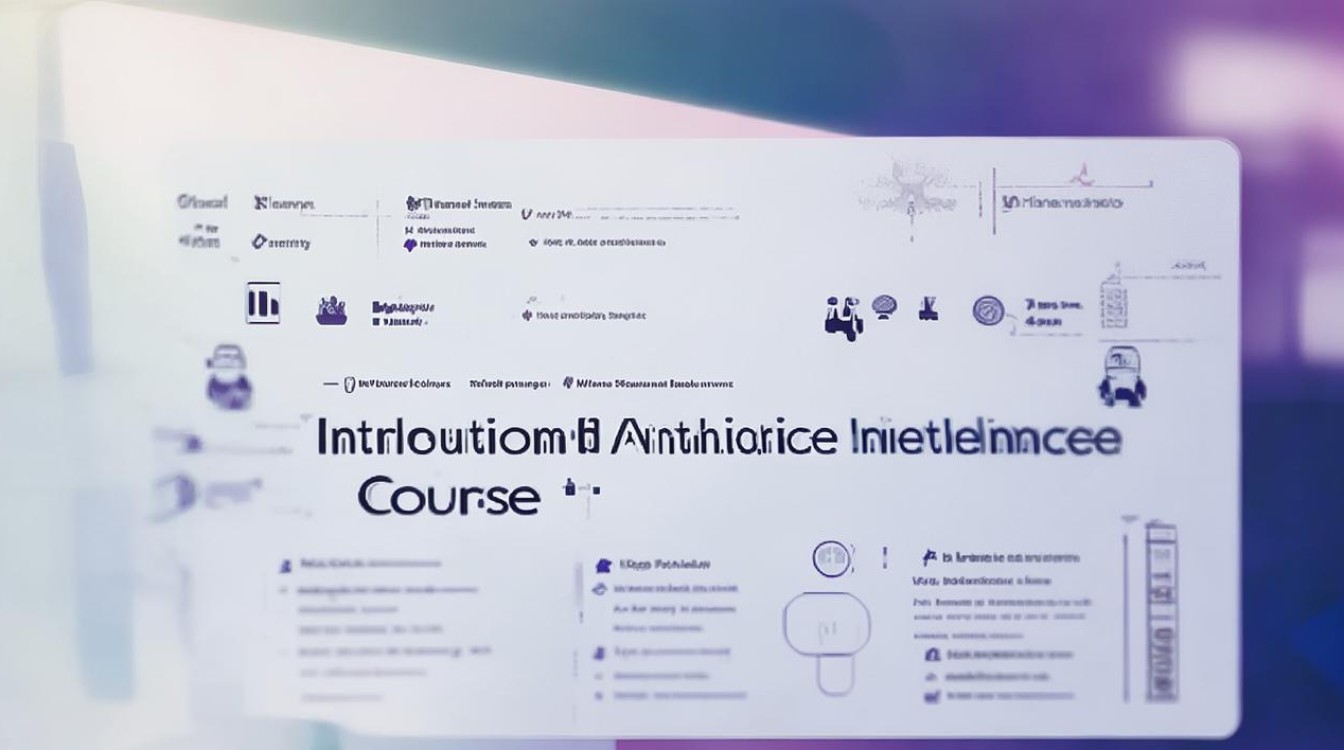Artificial Intelligence Course: English Introduction PPT
Artificial intelligence (AI) has become one of the most transformative technologies of the 21st century, reshaping industries from healthcare to finance. As demand for AI expertise grows, educational institutions and online platforms are offering specialized courses to equip professionals with essential skills. This article explores key AI concepts, recent advancements, and how an AI course English introduction PPT can effectively communicate these topics.

Core Topics in AI Courses
A well-structured AI course typically covers foundational and advanced concepts, including:
Machine Learning (ML) Fundamentals
ML is the backbone of AI, enabling systems to learn from data without explicit programming. Key subtopics include:
- Supervised Learning (e.g., regression, classification)
- Unsupervised Learning (e.g., clustering, dimensionality reduction)
- Reinforcement Learning (e.g., Q-learning, Deep Q Networks)
Deep Learning and Neural Networks
Deep learning powers breakthroughs in image recognition, natural language processing (NLP), and autonomous systems. Important architectures include:
- Convolutional Neural Networks (CNNs) for computer vision
- Recurrent Neural Networks (RNNs) and Transformers for NLP
- Generative Adversarial Networks (GANs) for synthetic data generation
Natural Language Processing (NLP)
NLP enables machines to understand and generate human language. Recent advancements include:
- Large Language Models (LLMs) like GPT-4 and Claude 3
- BERT and Transformer-based models for contextual understanding
AI Ethics and Responsible AI
As AI adoption grows, ethical considerations are critical. Topics include:
- Bias and fairness in AI models
- Explainability and transparency
- Regulatory frameworks (e.g., EU AI Act)
Latest AI Trends and Data Insights
To ensure the AI course English introduction PPT includes up-to-date information, integrating recent data is essential. Below are key statistics and trends from authoritative sources:
Global AI Market Growth (2024)
| Metric | Value | Source |
|---|---|---|
| AI Market Size (2024) | $500 billion | Statista |
| Expected CAGR (2024-2030) | 3% | Grand View Research |
| AI Adoption Rate in Enterprises | 35% | McKinsey |
Top AI Applications in 2024
- Healthcare – AI diagnostics and drug discovery (e.g., DeepMind’s AlphaFold)
- Finance – Fraud detection and algorithmic trading
- Retail – Personalized recommendations (e.g., Amazon’s AI-driven suggestions)
- Manufacturing – Predictive maintenance and robotics
AI Job Market Demand
According to LinkedIn’s 2024 Emerging Jobs Report, AI-related roles are among the fastest-growing, with:
- Machine Learning Engineer – 74% annual growth
- AI Research Scientist – 58% annual growth
- Data Scientist – 42% annual growth
Designing an Effective AI Course PPT
A compelling AI course English introduction PPT should:
Use Clear Visualizations
- Infographics on AI trends (e.g., market growth, adoption rates)
- Diagrams explaining neural networks and ML workflows
Incorporate Real-World Case Studies
- Google DeepMind’s AlphaFold revolutionizing protein folding
- OpenAI’s ChatGPT transforming customer service and content creation
Highlight Practical Applications
- AI in Business: Automated data analysis, chatbots
- AI in Science: Climate modeling, genomics
Include Interactive Elements (If Digital)
- Quizzes on AI fundamentals
- Links to AI tools (e.g., TensorFlow Playground)
Key Takeaways for AI Learners
AI is evolving rapidly, and staying updated is crucial. A well-designed AI course English introduction PPT should balance theory with real-world relevance, ensuring learners grasp both foundational concepts and cutting-edge developments.
For educators and professionals, integrating the latest data—such as market trends, job growth, and breakthrough technologies—will enhance credibility and engagement. By leveraging authoritative sources and clear visuals, the PPT can serve as a powerful tool for AI education.
AI is not just a technological shift but a paradigm change in how we solve problems. Whether you're a student, developer, or business leader, understanding AI’s potential will be a defining skill in the coming decade.











